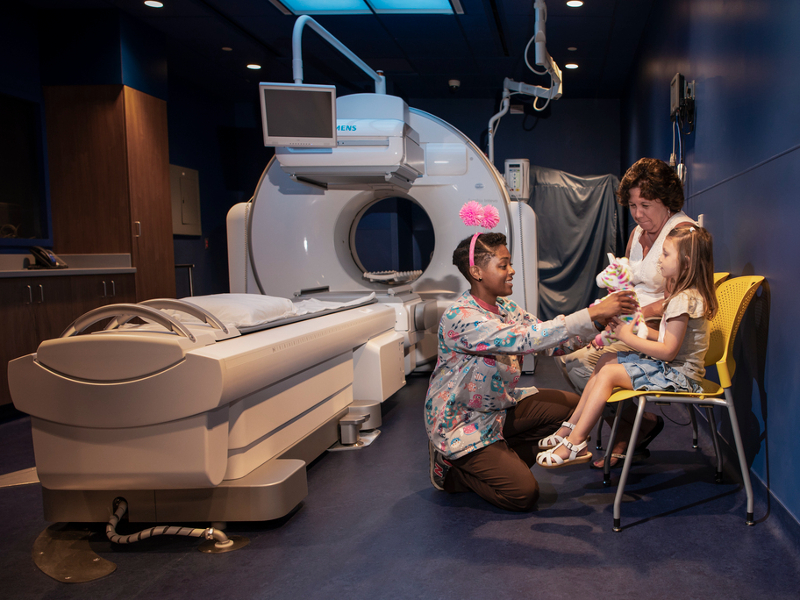Treatment
Pediatric Thoracentesis and Chest Tube Placement
A thoracentesis is a procedure to drain fluid from the pleural space, between the lung and chest wall. Inflammation, infection and traumatic injury can cause fluid or air to build up in the cavity. If there is concern this fluid or air will reaccumulate or take several days to resolve, a chest tube can be placed through the puncture site and it can remain in place.
Frequently Asked Questions
How is a thoracentesis performed in children?
Will my child be awake during the thoracentesis procedure?
How long does the thoracentesis procedure in children take?
What are the risks of chest drainage in children?
Will my child have pain after the thoracentesis procedure?
When can my child bathe after a thoracentesis?
Are there any activity restrictions for a child after a thoracentesis?
Meet the Providers Who Offer Thoracentesis and Chest Tube Placement
Departments that Offer Thoracentesis and Chest Tube Placement

Interventional Radiology
Children's National interventional radiologists perform a full range of minimally invasive, image-guided procedures to both diagnose and treat disease in infants, children and adolescents. Learn more about how we help children in our care.

Help Kids and Make a Difference
Invest in future cures for some of life's most devastating diseases. Give today to help more children grow up stronger.







